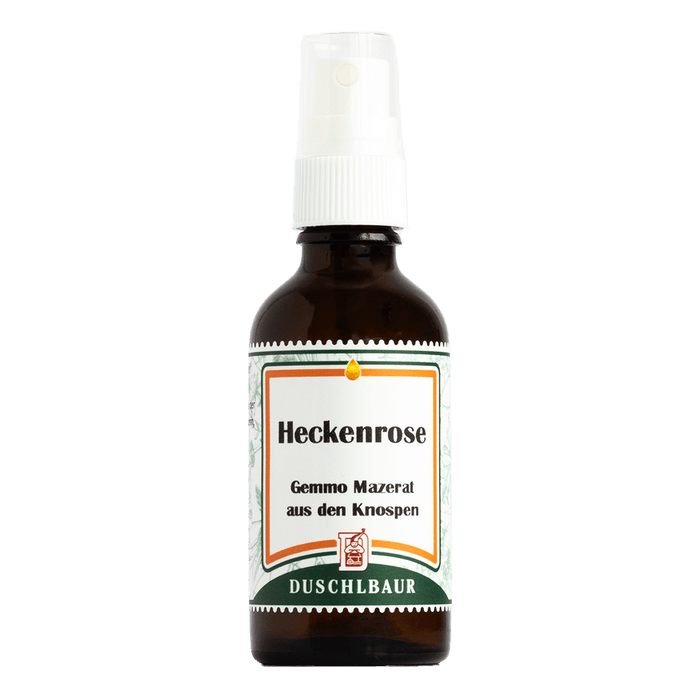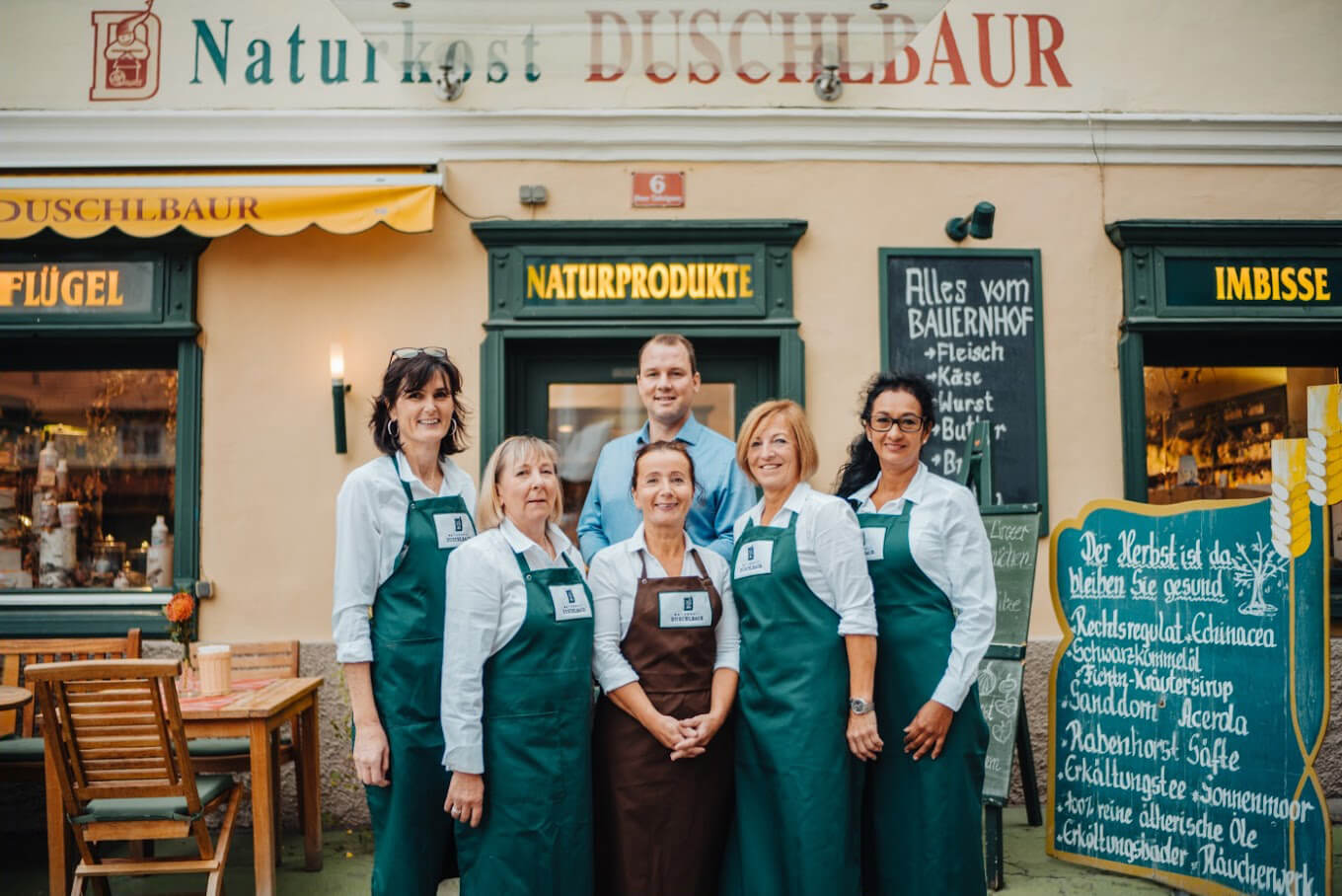The natural ingredients of theDog Rose Gemmo Mazeratesare: Fresh shoot buds of the dog rose bush, vegetable glycerin, alcohol, water
Dog rose – a symbol of love, joie de vivre and resilience
TheDog rose– Latinrosa canina– belongs to the rose family. "Canina" comes from the Latin word "canis" = dog. Therefore, the dog rose is also known as the "dog rose." There are various interpretations for the origin of the name "dog rose": on the one hand, the root of the dog rose was once used as a remedy against rabies transmitted by dogs; on the other, the dog rose shrub was considered inferior to other rose species. The Latin word "canina" can also mean "mean dog." In a figurative sense, this expresses that the dog rose grows "mean dog" everywhere and cannot be crushed.
Despite its derogatory name, the dog rose has been revered as a medicinal plant since ancient times. The Persians, Egyptians, Romans, Germanic tribes, Celts, and healers such as Paracelsus, Hildegard of Bingen, and Hippocrates valued the dog rose as a healing and tonic.
In addition to the previously mentioned vitamin C, the dog rose plant contains provitamin A, vitamin B1, vitamin B2, vitamin B6, vitamin E, flavonoids, essential oils, silica, manganese, calcium, magnesium, tannins, pectins, fruit acids and antioxidants.
Since ancient times, the dog rose has been a symbol of women, fertility, love, and eroticism. The Germanic peoples dedicated the dog rose to their fertility goddess Freya, and the Greeks to their love goddess Aphrodite.
Dog rose – an ornament in the garden and in nature
The wild shrubs of dog roses love forest edges, hedges, bushes and sunny slopes.
The dog rose is a deciduous shrub with arching branches and twigs. The branches are covered with backward-curving spines. The branches' powerful thorns hook onto anything and grow widely, forming an impenetrable thicket. The dog rose bush can grow over 3 meters tall.
From May to June, white, pale pink flowers bloom. The wonderfully fragrant individual blossoms open for only two days. The valuable rose oil is produced from the blossoms by steam distillation. Up to five tons of rose petals are needed to produce one liter of rose oil.
Pollination occurs through insects or self-pollination.
Starting in September, the flowers develop into the familiar rose hips. These pseudo-fruits contain small, rock-hard seeds enclosed in a fleshy fruiting body.
In summer, the dog rose is a bee pasture and in winter, an important food source for birds. The dog rose is valuable to humans and animals year-round!







